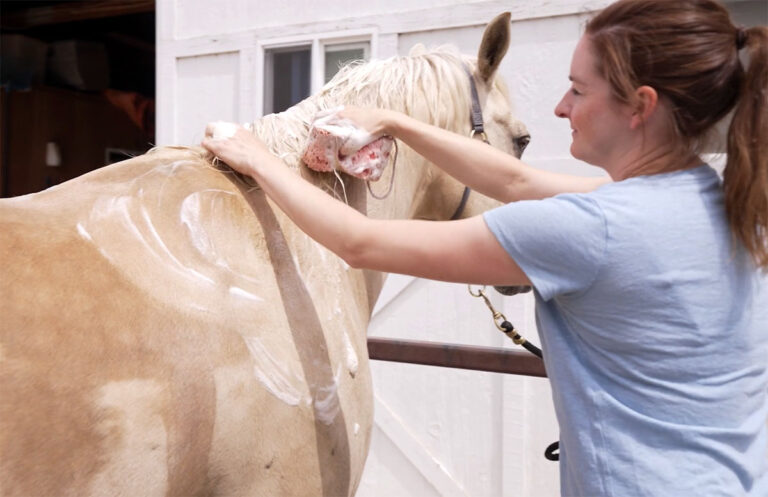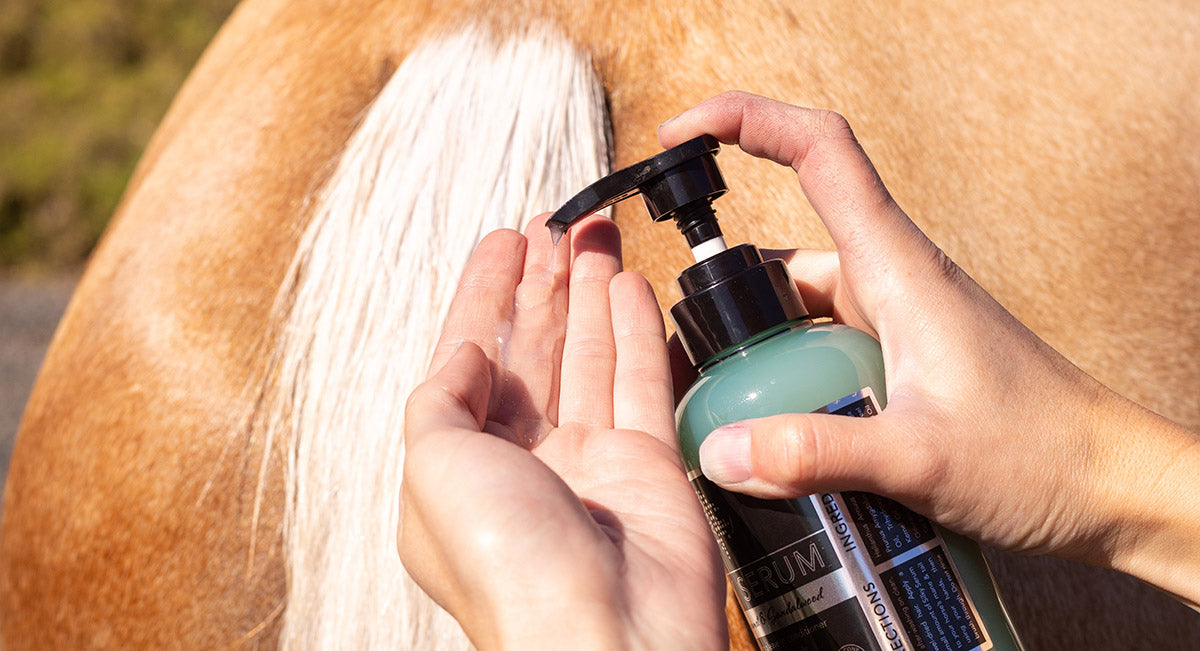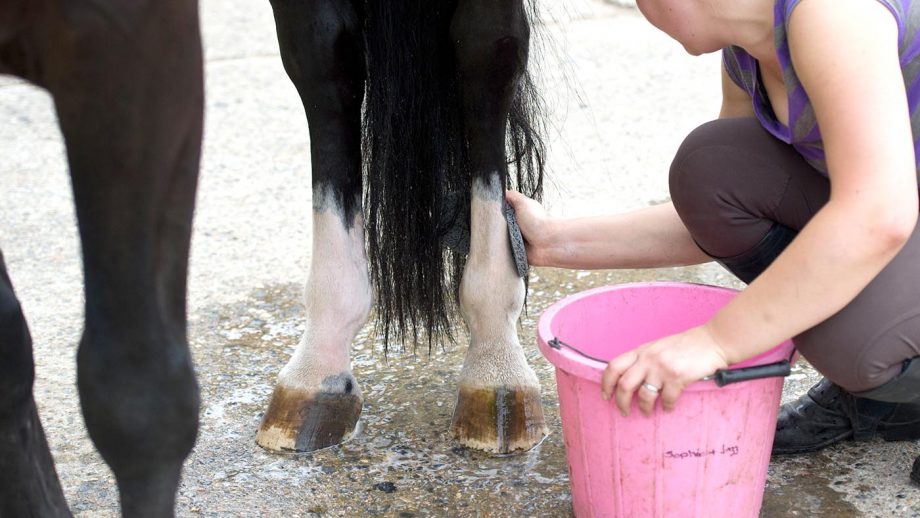Learning how to clean a horse hoof is an important skill for any horse owner. Properly cleaned hooves contribute to a horse’s overall health, ensuring better mobility and preventing painful conditions. By understanding the process of hoof cleaning, you can offer better care for your equine friend and spot any potential issues early.
Consistency in hoof care is crucial for preventing problems that may arise, such as thrush and cracks. Regular cleaning helps in keeping your horse’s hooves healthy and allows you to connect with them on a deeper level. Intimately involved in horse care, hoof cleaning is one of the primary responsibilities you cannot overlook.

The Importance of Cleaning a Horse’s Hoof
Clean and healthy hooves are vital for a horse’s welfare. A proper cleaning keeps harmful substances like dirt, rocks, and manure from causing discomfort and disease. The process is not merely cleaning; it’s a thorough inspection for any abnormalities or early signs of infection.
Basic Tools Required for Hoof Cleaning
Before you start, gather basic hoof cleaning tools: a hoof pick, a hoof brush, and a hoof knife. The hoof pick is primarily used for removing debris, the hoof brush ensures all loose dirt is swept away, and a hoof knife might be needed for deeper cleaning and inspection if necessary.
Step-by-Step Guide to Cleaning Hooves
1. Secure the Horse
Before starting, make sure your horse is safely secured with a halter and lead rope. This not only keeps them steady but also ensures your safety during the process.
2. Encourage the Horse to Lift Its Foot
Gently run your hand down the horse’s leg, applying light pressure until it naturally picks up its foot. Patience is key, as forcing the leg can create resistance.
3. Remove Debris with a Hoof Pick
Start at the heel and move towards the toe, using gentle but firm motions to remove stones, mud, or manure. Be careful around the froga sensitive part of the hoof.
4. Brush Away Loose Dirt
After picking the hoof, a hoof brush will help clear away finer particles of dirt, ensuring a thorough clean. Regular brushing also helps keep an eye on cracks or changes in the hoof structure.
5. Inspect for Wounds or Infections
With a clean hoof, examine it for signs of infection or injury, including thrusha condition caused by bacterial growth often identified by a foul odor.
Common Hoof Problems to Watch For
Thrush, cracks, and abscesses are the most common hoof problems. Understanding these issues helps in quick diagnosis and treatment, potentially saving the horse from severe pain.
Regular Hoof Maintenance Tips
Regular cleaning is the first step, but also consider consistent farrier visits for expert hoof care and advice. Always keep the shelter clean and dry, and maintain a balanced diet for optimal hoof strength.
The Role of Farriers
Farriers play an essential role by providing professional care that complements your regular maintenance. They correct hoof imbalances, fit horseshoes, and handle any complex hoof concerns.
Elevate Your Bond with Your Horse
The process of hoof cleaning not only ensures better health but strengthens the bond between you and your horse. Understanding their needs makes you a better caretaker and helps your horse trust you more.
Environmental Factors Affecting Hoof Health
Different surfaces affect hooves in various ways. Wet conditions may lead to issues like thrush, while very hard ground can cause cracks. Adjust your care strategy based on the environment your horse is in.
Seasonal Changes in Hoof Care
Each season presents unique challenges. In winter, ice and snow can pack into hooves, while in summer, dehydration can lead to cracks. Tailor your cleaning approach accordingly.
Dietary Considerations for Hoof Health
A balanced diet rich in nutrients such as biotin helps promote hoof strength and growth. Consult with a veterinarian or nutritionist for personalized dietary advice.
Conclusion
By understanding how to clean a horse hoof, you not only prevent potential health issues but enhance the overall well-being of your horse. Consistent care paired with professional guidance ensures your horse stays healthy and happy.

FAQ Section
What tools do I need for hoof cleaning?
The essential tools are a hoof pick, hoof brush, and optionally, a hoof knife for more thorough inspections.
How often should I clean my horse’s hooves?
Ideally, you should clean your horse’s hooves every day to prevent the accumulation of debris and promptly spot any issues.
What is the most common hoof problem?
Thrush is a widespread problem caused by bacterial growth due to wet and unsanitary conditions.
Find more insightful resources on safety tips, and ensure you have the right riding gear for your equestrian adventures. Explore groundwork exercises to build a better bond with your horse and understand the basics of maintaining your gear. For emergency situations, check out horse first aid.







